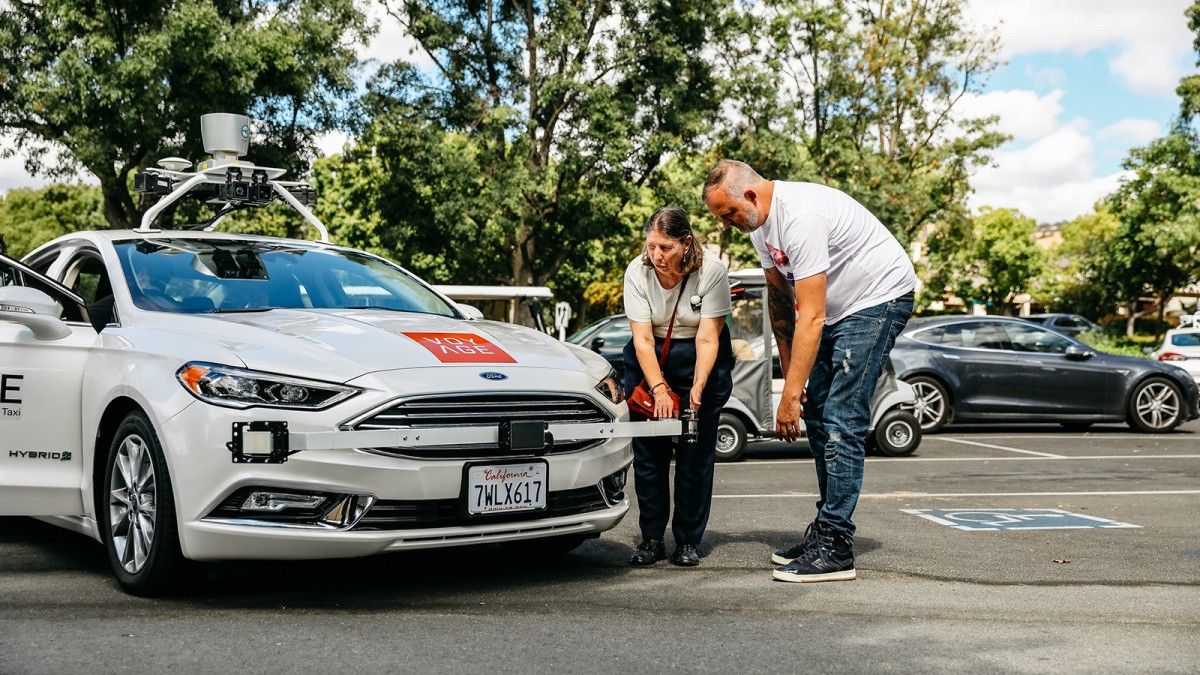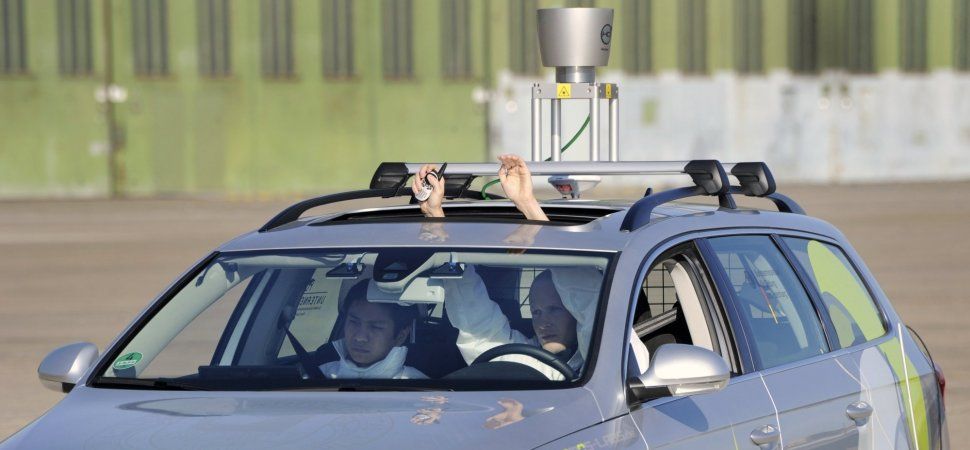And charge electric cars.
Category: transportation – Page 543

Robo-Taxis Are Driving Around a Retirement Community, and That’s a Savvy Idea
Plenty of obstacles, no regulations, and nobody in a huge rush—sounds like an ideal proving ground for autonomous cars. Self-driving startup Voyage certainly thinks so, because it’s just kicked off a trial at the Villages Golf and Country Club, a 4,000-resident retirement community with 15 miles of roads located in San Jose, California.
Speeds on the roads at the Villages are limited to 25 mph, but most autonomous car tests in cities and suburbs don’t go a great deal faster than that anyway. Still, the roads are full of the same kinds of obstacles you’d find in most suburbs: pedestrians, animals, golf buggies. Okay, maybe the golf buggies are a new hazard to most driverless cars.
But the biggest draw for the move is secrecy. As the New York Times points out, because the community is a private residence, Voyage doesn’t need to comply with the whims of regulators, which means it can try out new things without anyone finding out. And perhaps it can even explore using entirely driver-free vehicles sooner than it could on real roads.



Tesla says it’s halfway done building the world’s biggest battery
On Friday, Tesla and SpaceX CEO Elon Musk said that the company was halfway done building the battery bank that will become the world’s biggest battery once it’s complete. Musk made the announcement at a party overlooking the project’s construction, ABC News Australia reported.
Tesla is building the 129-MWh battery with French energy company Neoen. The battery will be draw energy from Neoen’s Hornsdale wind farm that’s 142 miles north of Adelaide. The electricity will be delivered to South Australians during peak grid times to reduce the number of blackouts in the area, which are frequent in summer months.
“The system is a big battery, a battery big enough to power 50,000 houses — the biggest in the world,” Neoen global COO Romain Desrousseaux previously told Business Insider.



Mercedes-Benz’s $1 billion electric car ‘attack on Tesla’ is missing a zero, says Elon Musk
Daimler, Mercedes-Benz’s parent company, announced last week a $1 billion investment in electric car and battery production in the US.
As with any new EV investment from a legacy automaker, the media painted it as an “attack on Tesla”, but Elon Musk, Tesla’s CEO and largest shareholder, doesn’t seem too worried about it.
BMW is set to offer a pad to wirelessly charge your car
But it’s not coming to the US — yet.
